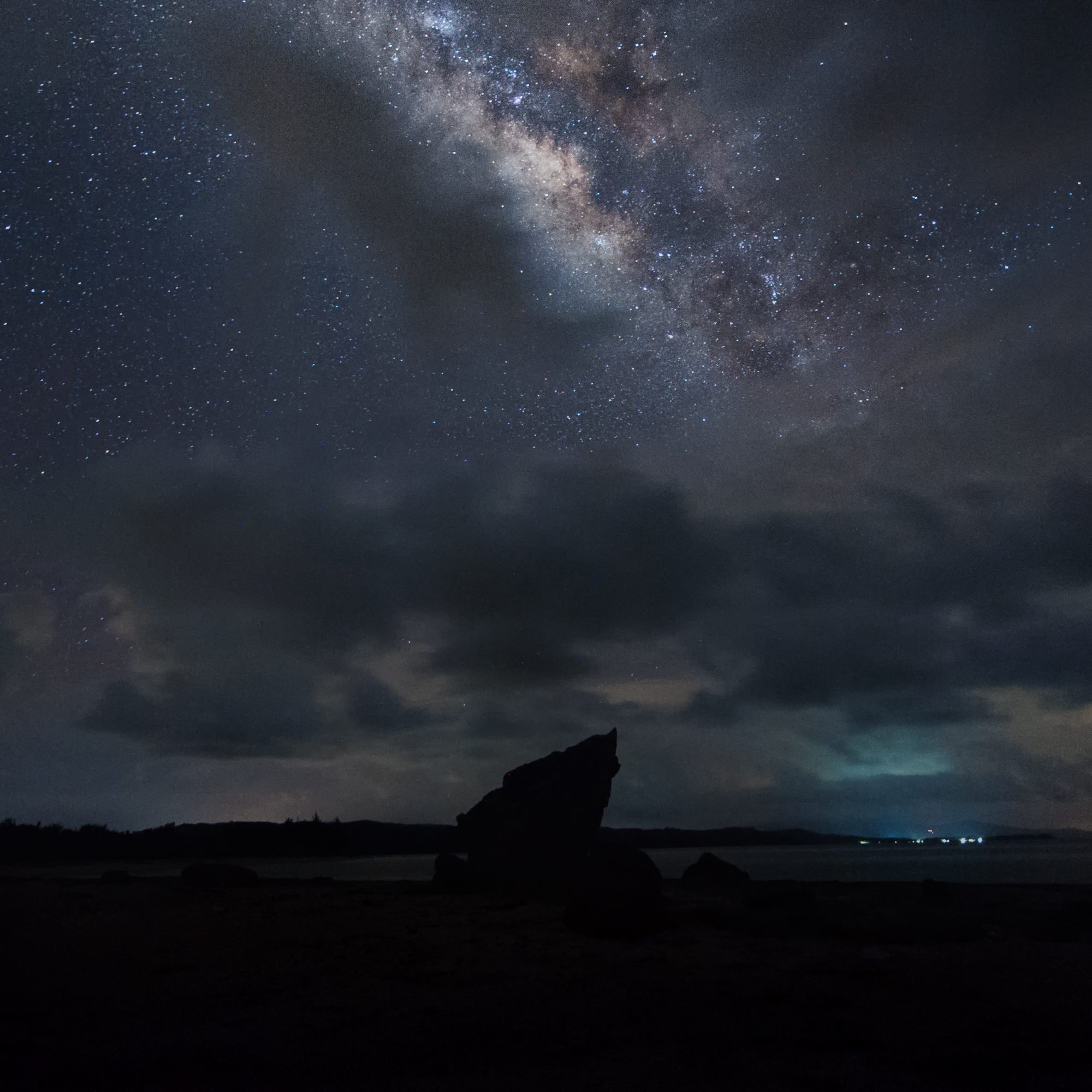There I was, in the heart of the city, surrounded by towering buildings and bustling streets, shrouded in the midnight cloak. The city, a vibrant canvas during the day, had transformed into an enigma of shadows and silhouettes. Have you ever experienced the paradoxical tranquility of a city at night, the silence that hums louder than the daytime chaos?
Enter the mesmerizing world of night photography. It’s a genre that’s both daunting and enchanting, where light becomes elusive, and darkness plays the lead role. Interestingly, did you know that our eyes see differently at night, perceptually shifting colors as the darkness deepens?
Embracing the Night
“So why venture into night photography?” you might ask. I would say, because it’s a challenge. Night photography pushes your skills to the edge, testing your mastery over your gear, your understanding of light, and above all, your patience. Remember, it’s in the darkest nights that stars shine the brightest. And this holds true for landscape photography, where the ethereal beauty of a star-studded sky can leave viewers spellbound.
Unraveling the Mysteries of the Dark
So let’s roll up our sleeves and delve deeper. Night photography often involves long exposures, providing ample time for light to seep into your camera sensor and craft a vivid image. This requires a sturdy tripod, a remote shutter release, and a heap of patience. But trust me, the payoff is worth every second spent standing in the chilly night.
“But what about the settings?” I hear you ask. Typically, to compensate for the lack of light, you’d want to nudge up your ISO. However, too high, and you’ll be combatting digital noise. A bit like turning up the volume on a weak radio signal, only to hear more static.
Then there’s the aperture. A wide-open aperture lets in more light, but it also results in a shallower depth of field. This could be great for some creative night portraits or bokeh-laden street scenes, but less ideal for capturing sharp, expansive landscapes under a blanket of stars.
The Art of Balancing
It all boils down to finding a balance. A perfect symphony of ISO, shutter speed, and aperture that lets you capture the night in all its glory while keeping noise and blur at bay. And it’s this very challenge that makes night photography so intriguing, don’t you think? It’s like trying to pen a poem in the pitch dark, using nothing but the faint glow of distant stars for inspiration.
Then there’s the subtle art of composition. In the absence of daylight, elements that would otherwise stand out can become hidden. Conversely, seemingly mundane elements can become strikingly beautiful when bathed in artificial light. Your job as a photographer is to seek out these hidden gems and breathe life into them.
The Final Thought
So, ready to conquer the darkness? Remember, the night isn’t an enemy to be feared, but a canvas waiting to be explored. Embrace the challenge, push your boundaries, and above all, keep experimenting. Who knows, your next shot could very well redefine the way we perceive the beauty of the night.


0 Comment